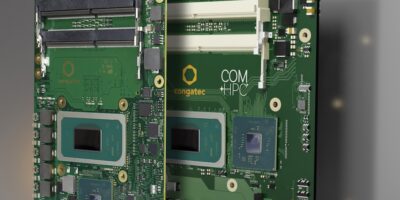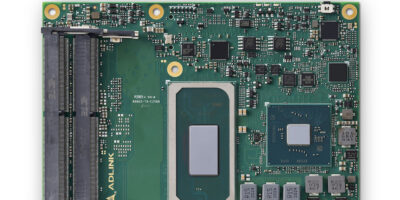A power management integrated circuit (PMIC) optimised to complement Renesas’ RZ / V2L and RZ / G2L microprocessors, the RAA215300 has nine channels, a built-in charger and a real-time clock. Integrating the PMIC reduces design complexity and accelerates time-to-market, says Renesas.
The RAA215300 includes six buck regulators, three LDOs and a coin cell / supercap charger. It supports DDR4, DDR4L, DDR3 and DDR3L memory with dedicated VREF, VTT and VPP rails. It enables four-layer PCBs to reduce costs and the high level of integration also increases system reliability as fewer system components are needed on the board, said Renesas.
It has a built-in power sequencer and support for external DC/DC regulator on/off controls. It supports multiple DDR memories, multiple processors and SoCs, added Renesas. It also features spectrum spread to reduce EMI for RF applications.
Operating temperature range is -40 to +105 degrees C, suitable for industrial applications.
The RAA215300 pairs with the RZ / G2L, RZ / V2L and other Renesas devices, such as power controllers, a USB Power Delivery controller and a clock, for a scalable SMARC system on module with AI design as part of Renesas’ Winning Combinations collection of complementary analogue, power, timing devices and embedded processing to simplify the design process.
Sample shipments of the RAA215300 are available now, and mass production is scheduled to begin in Q1 2022.







